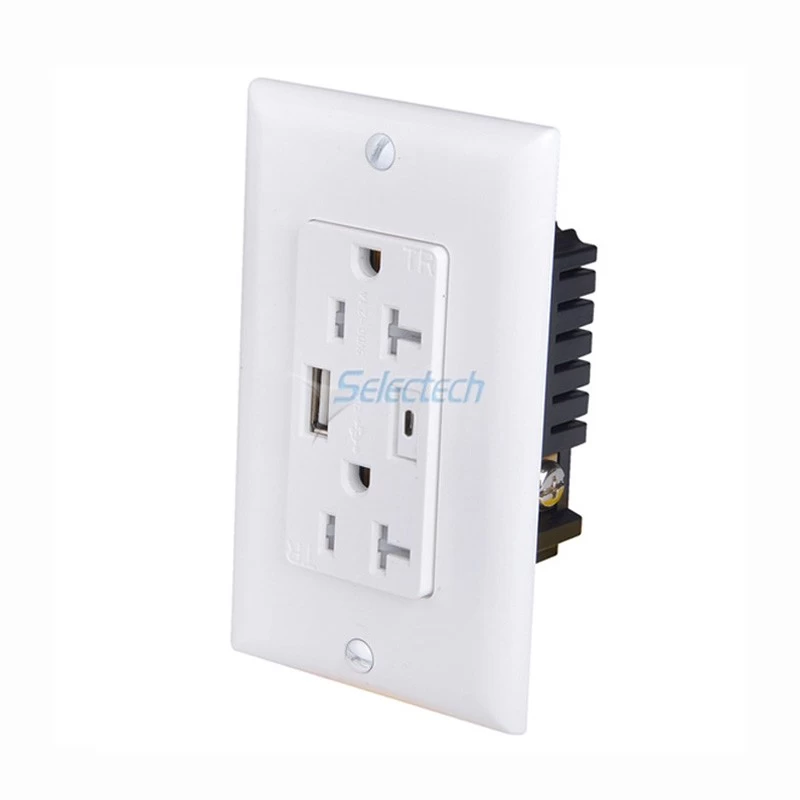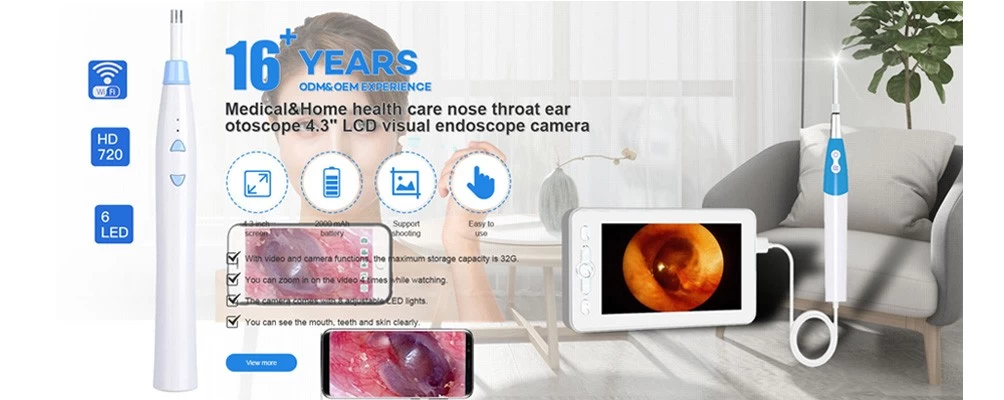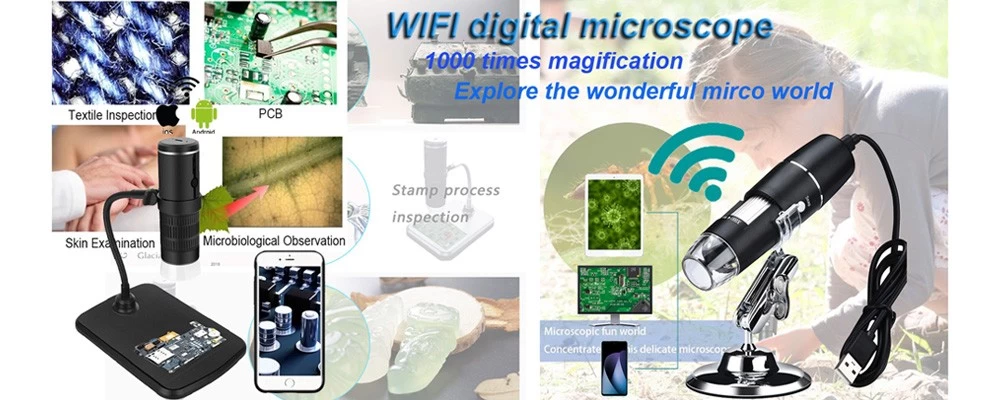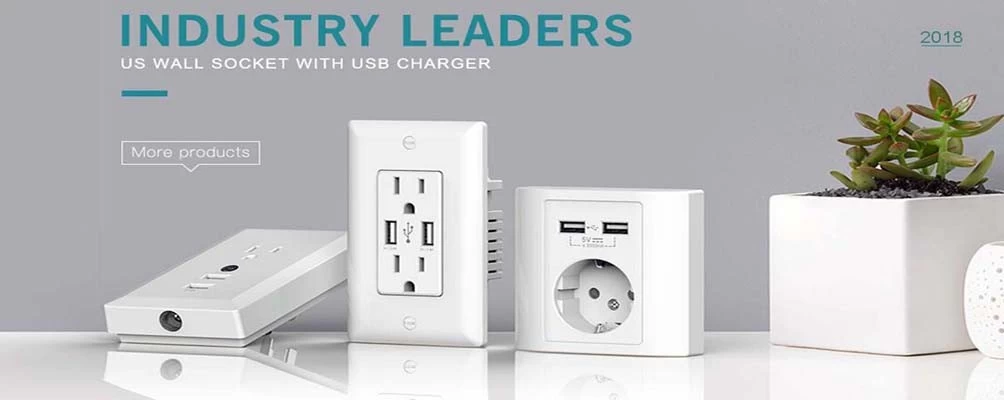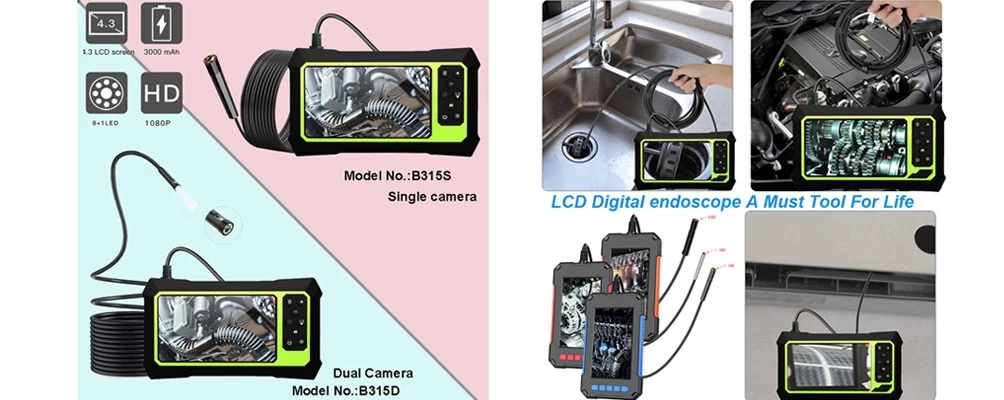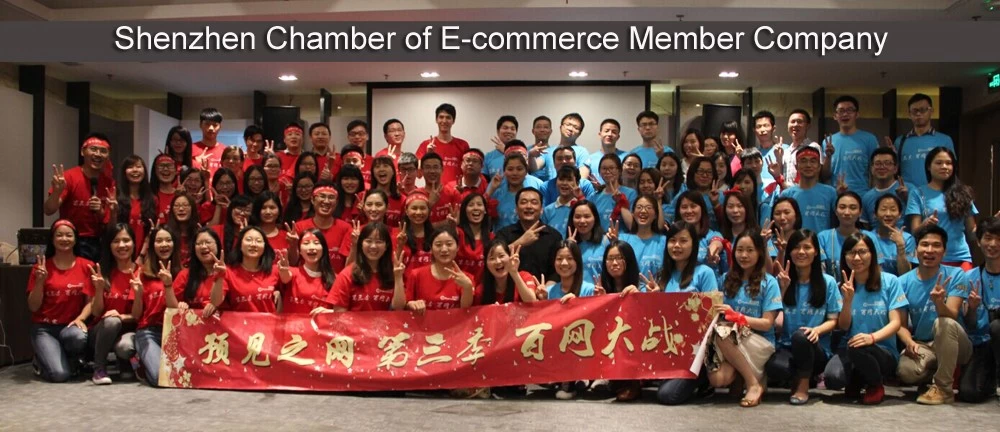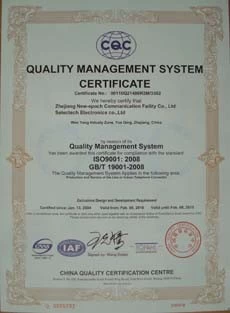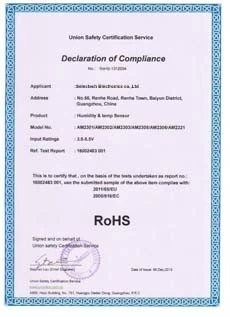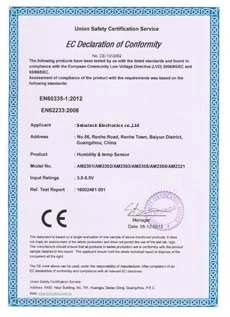The Type-C interface conquers the iPad Pro, so is the iPhone next?
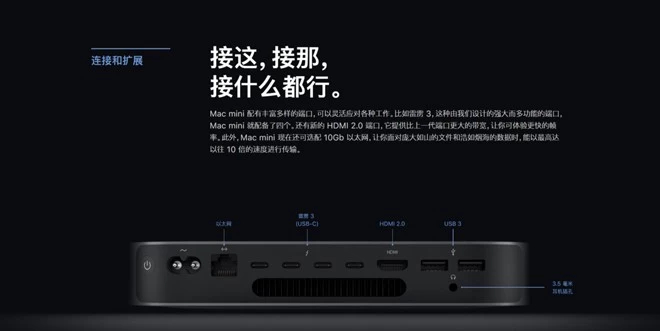 Apple's autumn release brought three new products, New MacBook Air, New iPad Pro, and New Mac mini. Everything is exciting.
Apple's autumn release brought three new products, New MacBook Air, New iPad Pro, and New Mac mini. Everything is exciting.They have very different appearances, but they share a common point - Type-C.
Previously, the iPad had the same pace as the iPod and iPhone product lines. The first generation of iPad in 2010 used a 30-pin interface. Until 2012, the iPhone 5 and iPad 3 ushered in the Lightning interface, which means that Apple's insistence on using the 10-year 30-pin interface will gradually disappear into the historical arena.
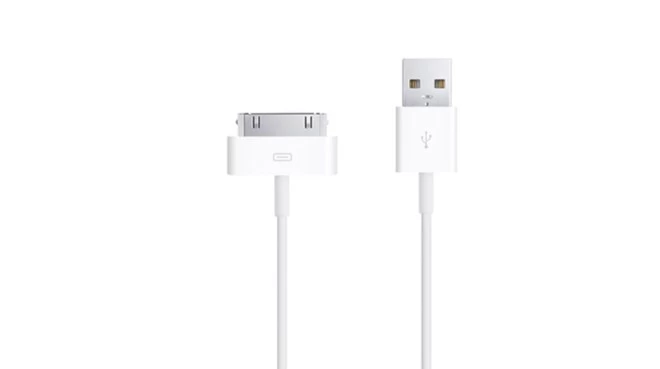
Regardless of the point of view, abandoning the 30-pin interface is an improvement. Lightning has an advantage in terms of size, durability, convenience and functionality.
The Lightning interface is Apple's unique standard, and Micro-USB is also available on the market for better compatibility.
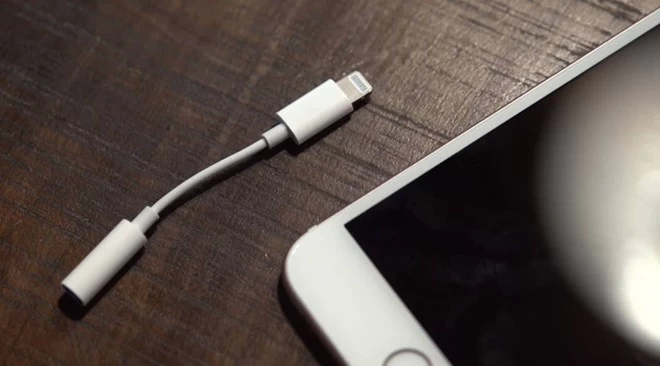
Type-C growth
In 2016, Apple released the new MacBook Pro, which replaces all previous interfaces with four Type-C interfaces, including the still popular USB-A port.
At that time, the consumers also showed the emotion when the 3.5mm interface was cut, and everyone could not adapt to the interface that was used to it. To use MacBook Pro, you need to buy Apple's interface converter.
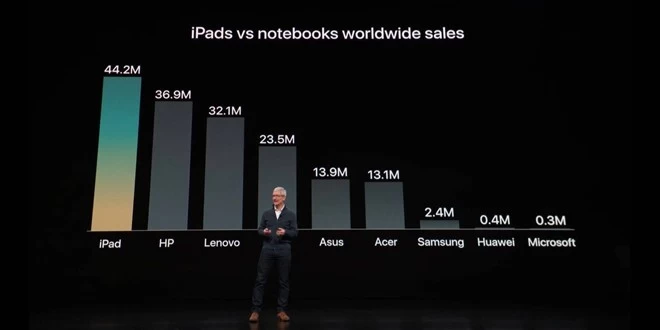
In the past two years, the Type-C interface has appeared in more and more digital products, even e-cigarettes, and even battery-type charging treasures from hammer technology.
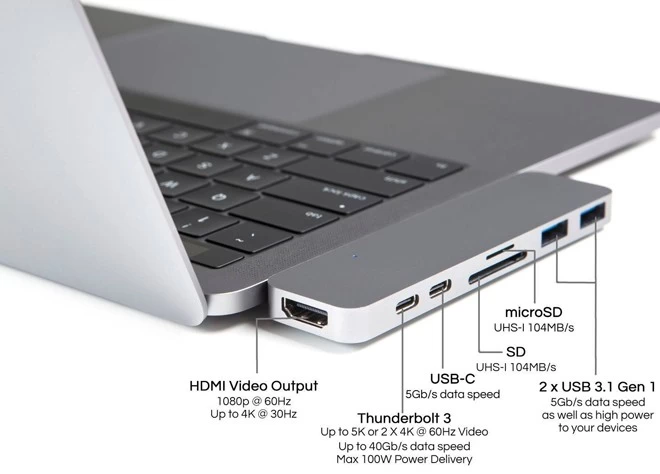
The trend and advantages of Type-C are gradually accepted by everyone. Now, if the new digital product does not replace the Type-C interface, it will be rejected by users. Most Android flagship phones use this interface standard, and I only need to bring a multi-port charger and the same data cable.
When all products use the same interface, it means less data lines, less money, and more convenient. This is undoubtedly very friendly to the user.
This time, Apple also adopted the Type-C interface on the iPad, which is really surprising.
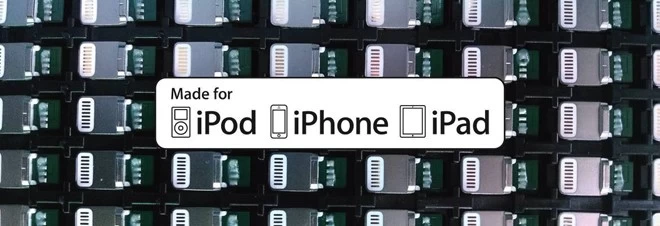
However, from a development perspective, switching to Type-C is a smart choice. From the user's point of view, I prefer that Apple continue to do so.
We developed the wall panel product of the Type-C interface two years ago and passed the ETL certification. It combines USB and TYPE C and has two 3-hole American OUTLETs to meet the charging needs of most end devices.
